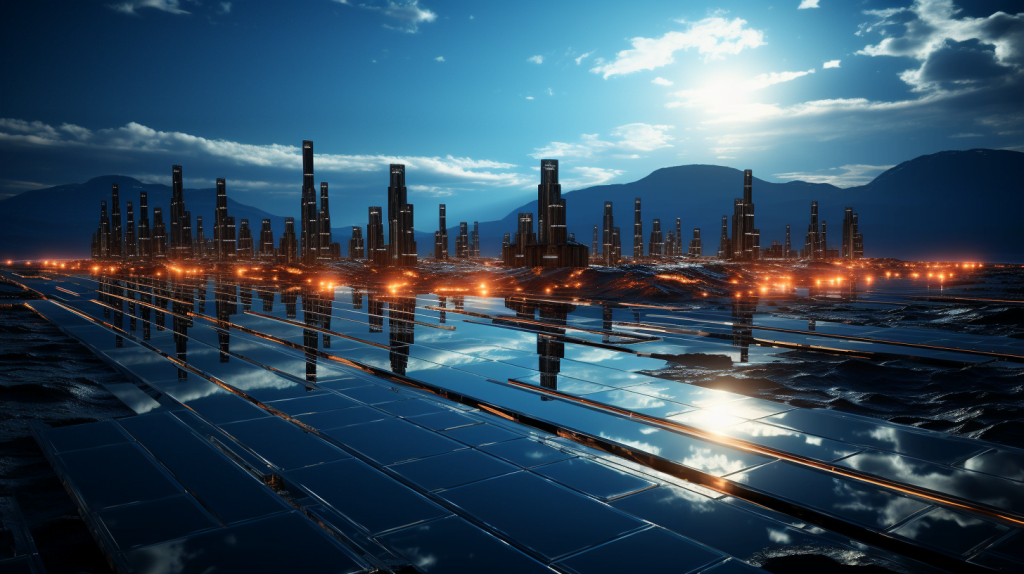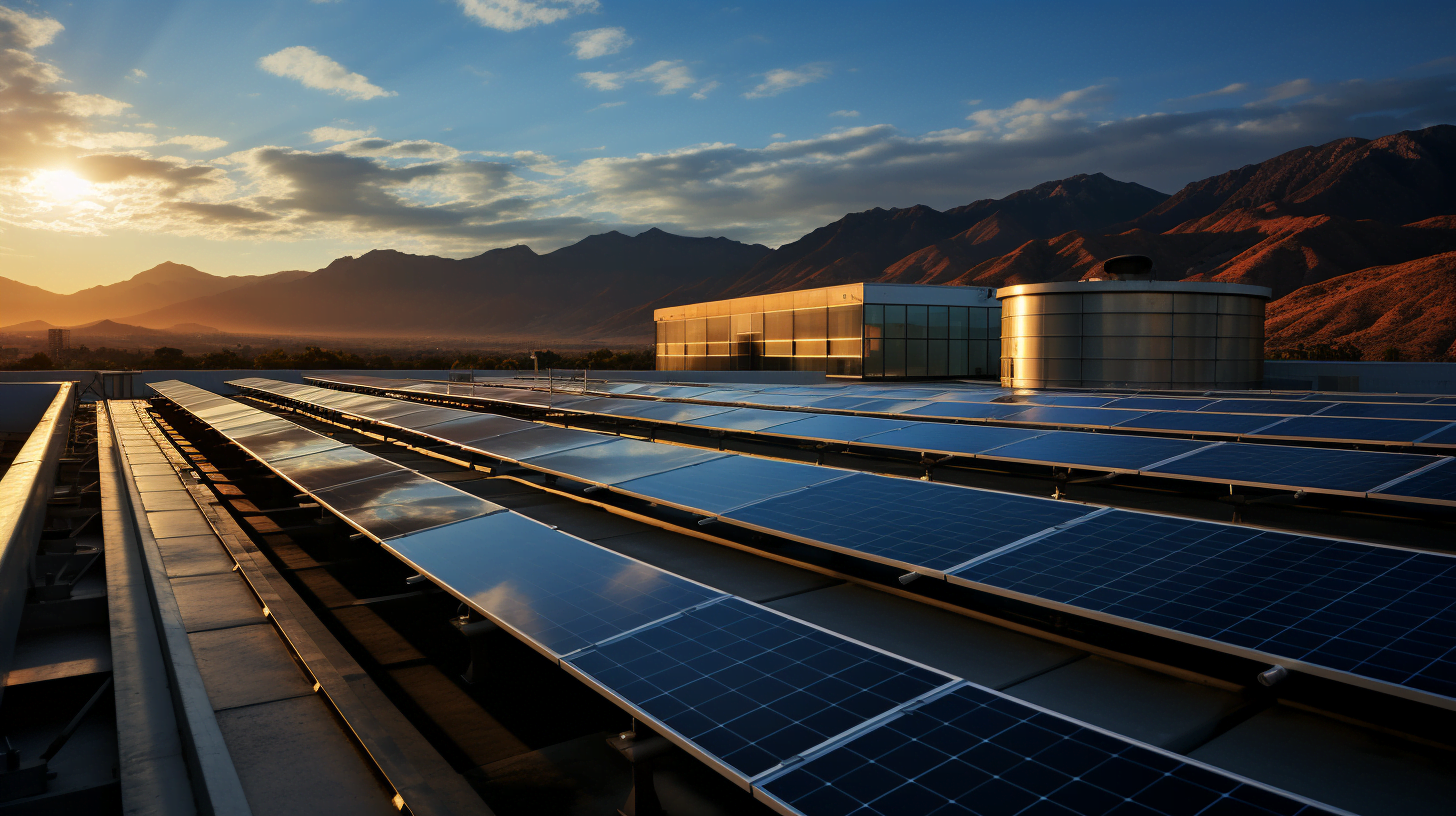
As the world grapples with the effects of climate change, renewable energy has become a critical part of the solution. Among various renewable resources, solar power stands out due to its abundance and potential scalability.
However, optimizing the generation and use of solar energy can be challenging, given the variable nature of sunlight and the complexities of energy distribution. This is where Artificial Intelligence (AI) appears. By applying AI technologies, we can significantly enhance the efficiency and effectiveness of solar power systems.
AI in Predictive Analysis
One of the primary ways AI is used in solar energy is in predictive analysis. Solar power generation is heavily dependent on weather conditions. Cloud cover, temperature, and the sun’s angle can all affect solar panels’ output.
AI algorithms, specifically those based on machine learning, are excellent at finding patterns in complex datasets. By feeding weather forecasts and historical solar output data into these algorithms, we can predict solar power generation with a high degree of accuracy. This allows energy providers to plan their operations better and balance the supply and demand of electricity.
Solar panel installation in California
Known for its clean energy leadership, there are extensive installations of solar panels in California. The state generates nearly 19% of its electricity from solar power, showcasing its commitment to renewables. AI plays a groundbreaking role in managing and optimizing these solar resources.

AI’s predictive analysis is invaluable in regions like California, with varying weather patterns. Utility companies can efficiently distribute power and reduce reliance on non-renewables by accurately forecasting solar output.
Furthermore, AI-driven maintenance enhances the efficiency and lifespan of solar installations. AI systems notify operators of necessary repairs, minimizing downtime and maximizing energy production.
California uses AI-driven virtual power plants to intelligently manage and distribute energy from residential solar systems in energy distribution. This decentralized approach efficiently and sustainably meets local demand.
California’s solar landscape exemplifies the transformative power of AI in optimizing and managing solar resources. As technology advances, California continues leading the charge toward a sustainable, AI-driven energy future.
AI in System Monitoring and Maintenance
AI can also play an important role in maintaining the health of solar power systems. Solar panels and associated equipment require regular maintenance to operate optimally. Any malfunction or degradation can lead to a significant drop in power output.
With AI, we can implement predictive maintenance. Intelligent algorithms can analyze data from sensors on the solar panels to detect early signs of potential issues. This allows for timely intervention, reducing downtime and maintenance costs. Furthermore, AI can help identify underperforming solar panels and suggest optimal cleaning schedules, further improving the system’s efficiency.
AI in Energy Distribution
When it comes to the distribution of solar power, AI can help optimize the grid to handle the intermittent nature of solar energy. Smart grids, powered by AI, can adapt to fluctuations in solar power supply, balancing it with other sources of energy, and managing the storage and discharge of excess power into battery systems.
AI can also facilitate the creation of virtual power plants (VPPs), which aggregate distributed energy resources like residential solar panel installations. VPPs, managed by AI, can intelligently distribute this energy based on demand, making the most efficient use of these decentralized resources.




